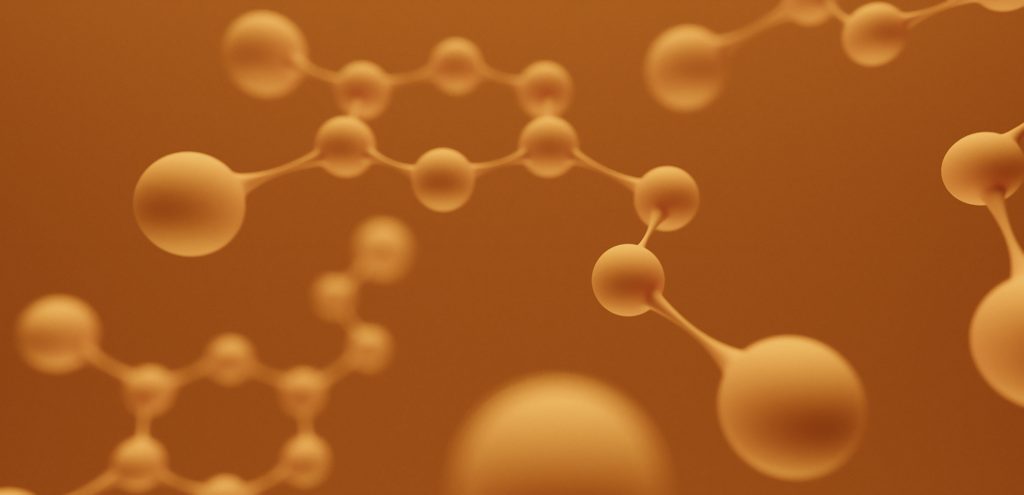
Dormancy Significantly Reduced Activity


Dormancy Objectives
-
Describe how seasonal changes lead to aestivation and hibernation behaviors.
-
Explain how hormones relate to genes and proteins, including how hormones impact animal behaviors.

If shifts in seasonal weather are extreme: hot, cold, dry, or wet; animals may go dormant during the harshest months. Dormancy is decreasing overall activity, which reduces metabolism (cellular activity) to the point at which an animal may not need to eat or drink for weeks, even months, at a time.
This video introduces why seasons change and how animals can react to extreme changes.
Does the cause of changing seasons make sense? If not, here are two additional videos that may help.
One of the signs of spring in parts of the world far from the equator is the return of migratory birds to their breeding grounds.
In our area of the Willamette Valley, large flocks of robins return in early spring,

It is basic field practice to not disturb a dormant animal. In the case of rodents like the dormouse or hibernating insects, prematurely waking from a dropped level of metabolism can utilize so much of the animal’s energy reserves that it may not survive the dormant period.
And of course it never makes sense to disturb a bear. Many people are not aware that they can quickly waken from deep sleep. Although if you have seen bears in the winter, you may be aware that some species occasionally break hibernation to forage in the snow and drink water.
The photo is a bear den. Anything this large and well maintained is worth avoiding.

Lady Beetles and Aestivation
Some insect species in regions with hot and dry summers aestivate to avoid desiccation (drying out).
This video introduces lady beetles and aestivation.
This video discusses the lady beetles as they are emerging out of aestivation around our cargo container.
You may be wondering how the lady beetles “know” when to emerge, or how other animals know when to hibernate or migrate. The next section takes a closer look at hormones and how they are triggered by environmental cues and can impact animal behaviors.
Hormones

When you think of a hormone, there are some familiar names like testosterone, estrogen, or growth hormone. All of these are chemicals that are released by cells that cause other cells to do things.
Hormone production is driven by genes, and there are similar genes (and hormones) across animal species.
This video introduces what hormones are and a few of their impacts.

Hormones can have a direct impact on animal behaviors. Research on rufous-winged sparrows (Peucaea carpalis) suggests that the amount of light received in a given day alters brain activity and hormone production. This appears to be the way they “know” when to mate and build nests: changing day lengths alter levels of a variety of hormones related to reproduction.
Frog mating calls have been linked to levels of androgens, hormones that are typically found in significantly higher levels in genetic male animals. Testosterone is an example of an androgen found in humans and other species; it plays an important role in structures and behaviors related to reproduction.

Hormones and Migration

When the Dusky Canada Goose leaves Alaska to head to its winter grounds in the Willamette Valley of Oregon, it has already undergone a series of hormonal changes. These changes include increased appetite to build stored energy for flight and increased activity or “agitation” that makes migration more likely.
Migratory birds often increase food consumption prior to migration and then suddenly simultaneously have decreased appetite and increased restlessness. This has been linked to increases in the hormone ghrelin, an appetite-regulating hormone also found in humans.

Next we will explore social behaviors between individuals in the same population.

Check your knowledge. Can you:
-
describe how seasonal changes lead to aestivation and hibernation behaviors?
-
explain how hormones relate to genes and proteins, including how hormones impact animal behaviors?



